Debunking Myths about Leg Compression Tubes
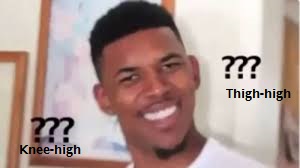
The longer the compression leg sleeve, the higher its effectiveness. Before you agree to this statement, it is important to know that it is a fallacy. The efficacy of leg tubes is not determined by height alone.
Many other factors contribute to the proper functioning of leg tubes. Using height as a way to measure its effectiveness undermines its capabilities. It also shows that one does not properly understand how the sleeve functions. You may want to change your opinion, because the compression leg sleeve has much more to offer than the average person understands.
You may need to better understand the leg compression sleeve before drawing conclusions on which length is suitable for you. Additionally, you must comprehend the purpose of the tubes to appreciate why they come in different lengths. In other words, the length of the tube is important; however, it is not the only factor determining its efficacy.
What is the Compression Leg Tube?
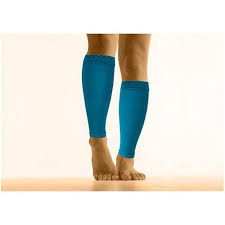
Leg tubes are a type of compression gear used in activities that require the leg to use large amounts of energy. The sleeve is shaped like a tube and does not cover the feet. It covers the ankle, calves, or thighs depending on the length of the sleeve. These sleeves are commonly used by athletes, people engaging in strenuous workouts, and professionals whose jobs require active use of the legs.
The sleeves are an asset during intense workouts, because they prevent muscle injuries or facilitate rapid healing in the event that a muscle already has been injured. Thus, athletes and exercise enthusiasts can endure frequent workouts without harming their muscles.
Why are Compression Sleeves Important During Strenuous Activity?

When it comes to strenuous sports, blood circulation is at the center of energy generation. Your muscles need oxygen from the blood to produce the energy that is utilized in muscle movement. The blood supply also brings other nutrients that are vital for enhancing leg muscle health and preventing tissue injury caused by friction, strain, and the accumulation of metabolic waste.
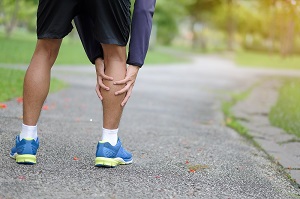
Blood circulation is not always perfect in your legs. The heart strains to get blood back to the heart from the legs because of the distance between the two regions; also, gravity pulls blood downwards. Compression leg sleeves become important during strenuous workouts to improve blood circulation and counter the effects of gravity.
Without the compression leg sleeve, it would be impossible to make sports a profession. The pain and soreness of the muscles would prevent continuous training and sports competition. Athletes would suffer terribly from muscle-related injuries. Additionally, the vigorous and consistent exercise routines recommended for a healthy lifestyle would be impossible because of pain.

While it may seem contradictory that walking or running improves the circulation in your legs, keep in mind that when exercise is strenuous or frequent, the demand for blood in your muscles increases. if the demand is not met, tissue injury becomes inevitable.
How does blood circulation impact strenuous workouts?
The Science of Blood Circulation and the Need for the Compression Tube
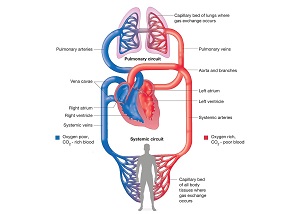
There are two main types of blood vessels involved in the transportation of blood: the veins and arteries. These two blood vessels disintegrate into smaller vessels called capillaries when they come in contact with other body tissues (such as your leg muscles) for optimal exchange of gases (oxygen and carbon dioxide) and the exchange of nutrients and waste.
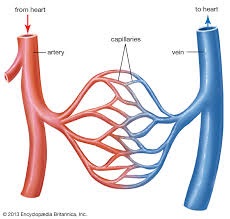
Arteries are the first to receive blood from the heart. Arterial blood carries oxygen and nutrients into body tissues. The blood flow rate in these blood vessels is significant and swift. The flow begins to decrease as blood enters the narrow capillaries. By the time the veins receive this blood, the flow rate has been significantly reduced.
The flow of blood in your veins is known as the venous return; this is because veins return the blood back to the heart from the body tissues. Veins are the blood vessels most affected by gravity and distance from the heart. The compression leg sleeve improves blood flow.
The Effects of Gravity on Venous Return and its Impact on the Leg Muscles
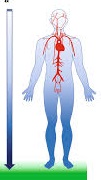
The impact of gravity is mostly felt in your lower extremities; this force causes blood to accumulate in your leg veins. Even worse, veins have higher compliance with changing pressure and accommodate the blood volume in your legs by expanding; this entire vascular phenomenon impedes venous return.

The main problem with improper venous return is that your leg muscles will not receive the required amount of oxygen and nutrients or efficiently remove metabolic waste. Continued accumulation of waste and lack of sufficient muscle metabolites cause muscle soreness and pain. This is especially a problem during strenuous exercise — when your body requires a lot more oxygen and operates at a higher metabolic rate.
The Contribution of Distance in Slowing Down Circulation in Your Lower Extremities
The distance between the heart and your lower legs affects the rate of blood flow. The flow is reduced because of pressure gradient variations in your leg veins. Pressure increases in your lower extremities, causing blood to flow downwards and outwards instead of upwards (to the heart) and inwards (the normal physiologic flow).
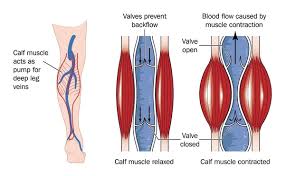
Like the compression leg sleeve, heart suction effect, and increased blood volume in your veins, skeletal muscles increase pressure in your veins when they contract and expand in the process — keeping the blood flowing to your heart. While the activity of your muscles is needed to facilitate venous return, during strenuous activity your leg muscles’ demand for blood usually exceeds the supply. The effort of your muscles will not suffice in facilitating blood circulation; hence, the acquisition of oxygen and nutrients and the removal of waste remain insatiable during intense workouts.
Without a compression leg sleeve, your muscles strain because of inadequate oxygen and nutrients and increased metabolic waste. The limited blood supply leads to the muscle soreness and pain that occurs during and after intense leg muscle activity.
Compression Tubes to the Rescue
Compression tubes are vital for your workout routine. Their main purpose is to improve blood flow; consequently, preventing muscle soreness and pain in the legs. There are various factors that make this compression gear effective in improving blood circulation.
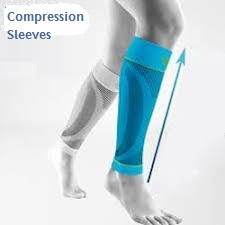
These sleeves apply varying pressure in your leg veins through compression. As they constrict your distended veins, they create pressure; this pushes the blood up and maintains a continuous flow as you work out. The improved circulation prevents muscle soreness and pain.
The efficacy of the compression leg tube in eliminating muscle injury through improved circulation has been proven in the treatment of delayed muscle soreness. Patients suffering from delayed muscle soreness recover faster with improved blood circulation. Research shows that the cause of muscle injury and soreness during and after strenuous workouts is poor blood circulation.
Lactic Acid is not the Culprit for Muscle Soreness
Contrary to popular belief, lactic acid or lactate is not the reason behind muscle cramps after an intense workout. Lactic acid is a by-product of rapid muscle respiration. Your body needs to generate energy at a faster rate during intense exercise than is possible with the normal energy production cycle, which requires oxygen acquired from your blood.
At this point, your leg muscles cannot get this oxygen because of poor circulation. Therefore, it overcomes this quagmire by generating energy through a shorter route that does not include the use of oxygen; this is called anaerobic respiration. The by-product of this metabolic process is lactic acid.
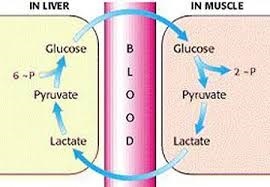
It was theorized, before scientists knew better, that lactic acid was the main cause of muscle soreness and pain. However, it was later established that lactic acid build-up is cleared immediately after intense activity has ceased. The anaerobic by-product is transported into the liver, where it is converted to glucose and transported into the blood for the body to use in energy production.
It is actually safe to conclude that the need for a compression leg sleeve increases after debunking lactic acid’s role in leg soreness and pain.
How Does the Compression Tube Work?
A number of factors contribute to the impeccable functioning of the compression leg sleeve.
Graduated Compression
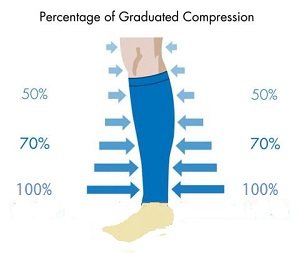
The sleeve has varying pressure levels along the length of the tube. The highest pressure level is in the lower region of the sock, while the lowest is in the upper region of the tube. The variation in pressure levels as you move along the sleeve length is known as graduated compression.
This is the single most important factor of the gear. The variations in compression levels create different pressure points along each of your leg veins. The variation in pressure forms a suction effect in your veins, causing blood to flow continually as you exercise.
Length
The length of the compression leg sleeve determines the leg vein area that will be worked on by the tube. Knee-high sleeves work on your ankles and calves, while thigh-high sleeves also work on your thighs.
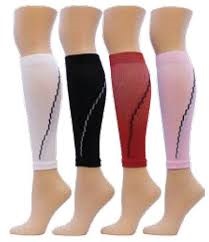
Since blood stagnation and flow problems occur in your lower legs, having sleeves that cover your ankles and calves will be enough to improve circulation. The sleeve’s compression level — not its length —determines the degree of compression efficiency. Unless specified otherwise by a medical practitioner, knee-high compression tubes are effective in improving blood flow.
Effective Use of the Tubes
The compression leg sleeve can only impact your leg circulation when it is used correctly. Do not fold the sleeves or wear them beyond or prior to the recommended time limit or period. They will not be useful if they are misused.
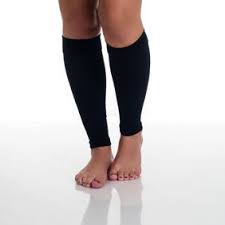
The tubes are meant to be worn during exercise and removed immediately after the workout. The reason is that compression tubes do not cover your feet. While at rest, blood will percolate at your feet and your compression sleeve will not compress the veins in that region. You may develop blood clots from this condition. Therefore, it is vital to remove your leg sleeves immediately after a workout.
Experience Pain-Free Exercise with the Compression Sleeve
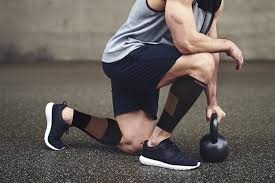
Now that you know how the compression leg sleeve works, you can purchase your tubes and enjoy your workouts without the fear of developing muscle soreness or pain. Remember that the sleeve’s efficacy is in its graduated compression and in following the guidelines of use rather than its length.
It is important to note that compression sleeves do not enhance performance. They may increase your endurance by decreasing the onset of pain and soreness, but that depends on your ability to train your muscles to function at optimal levels during intense workouts. The sleeves are not a ticket out of perseverance during exercise or training. So, train responsibly with compression sleeves.
This page last updated October 25, 2022
